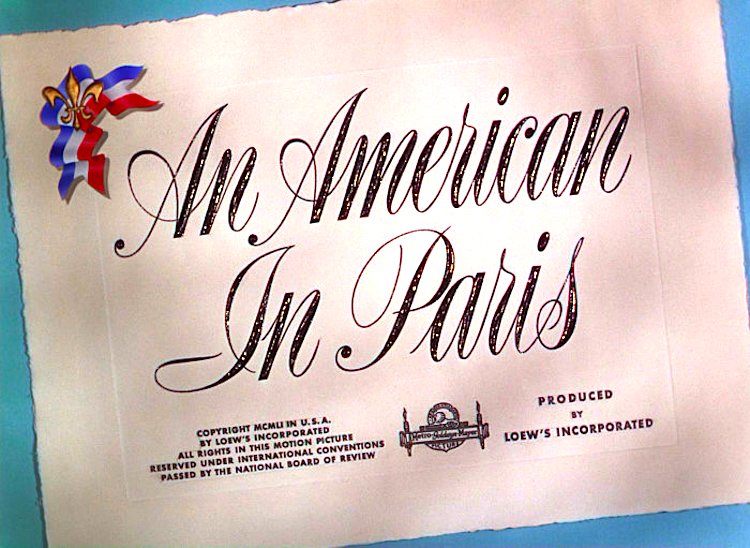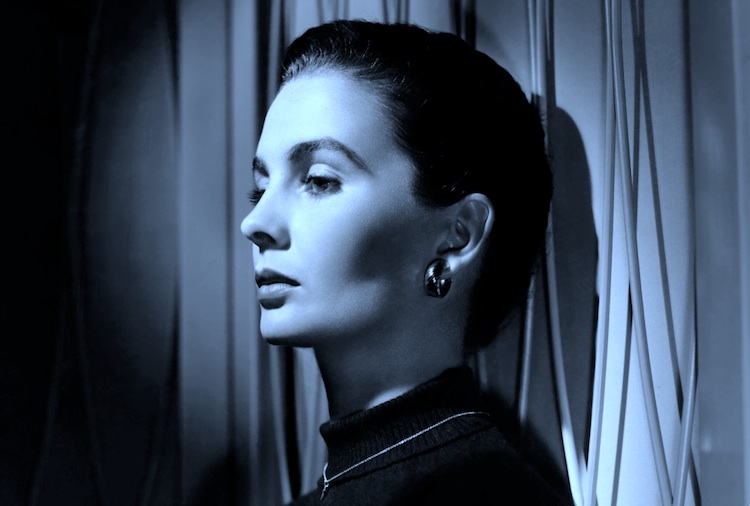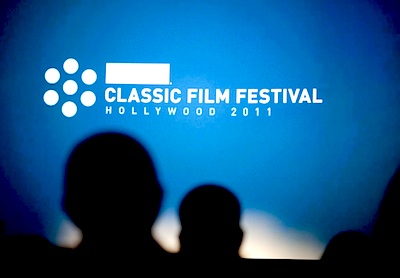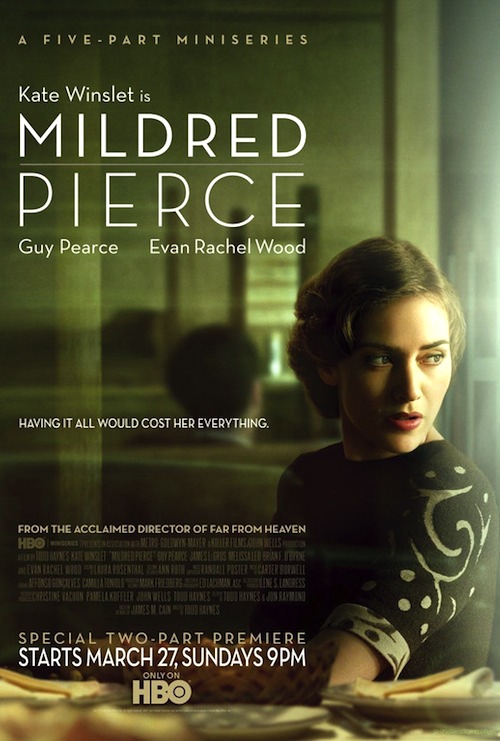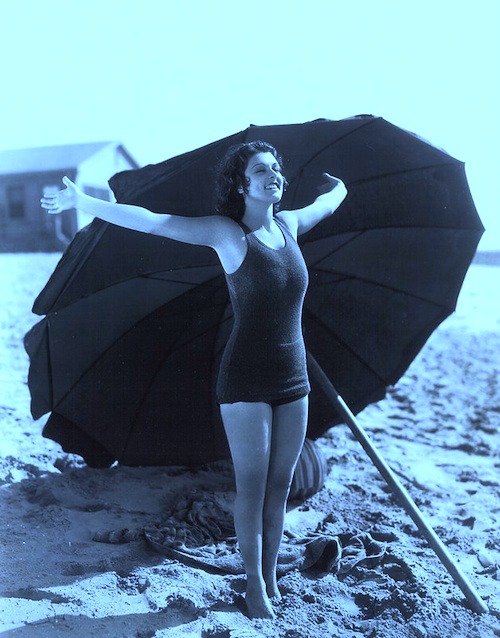
By Jennifer Baldwin. A few weeks ago I watched my new Warner Archive DVD of Madam Satan, a 1930s Pre-Code oddity extravaganza that was Cecil B. DeMille’s first and only musical. It’s famous (infamous?) for the wild costumes, Art Deco sets, bizarre musical numbers, and a spectacular finale that includes a zeppelin crash and the sight of parachuting party-goers landing in trees, Turkish baths, and the lion cage at the Central Park Zoo.
But what I really loved about the movie was that it introduced me to Lillian Roth. I didn’t even realize as I was watching it that the sexy, saucy Trixie was played by Lillian Roth of I’ll Cry Tomorrow fame. I knew that Susan Hayward played a woman named “Lillian Roth” in that 1955 biopic, but since I’d never actually seen it, I knew nothing about the real Roth. She must have been someone famous or else they wouldn’t have made a movie about her, but what exactly she was famous for I had no idea.
Well, now I know. The minute Trixie appears on screen in Madam Satan, the film starts to pop. If you want to know what I mean GO HERE TO SEE.
As the indispensable Self-Styled Siren puts it in her review of the film: “When she flings off her rumpled satin robe and twitches her pelvis to the Low Down number, the vaudeville energy of this rather plump, frowsy jazz baby ignites the entire movie.” AND HOW! I remember thinking that Lillian Roth’s Trixie was a million times sexier and spunkier than Kay Johnson’s “Madam,” the supposed “star” of the film.
So, of course, dutiful obsessive that I am, I started scouring YouTube for videos of Lillian Roth’s performances, just to see what else this sassy dame had to offer. Her voice has got the power and verve of Ethel Merman, but with a warmer tone and a bluesier, sexier bend. And she’s got charisma. Whatever that might be defined as, it shows whenever she’s on screen: she lights it up.
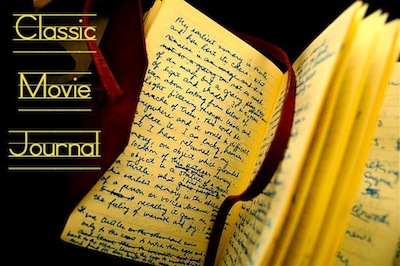 Which makes her brief movie career all the more tragic. This is a woman who should have been a bigger movie star, someone who could have been in the sexy/sassy comedienne ranks with Ginger Rogers and Jean Harlow. While her honest and unflinching autobiography is justly credited with raising public awareness about alcoholism and Alcoholics Anonymous, it’s really too bad that she’s more famous for beating her addiction (and having Susan Hayward portray her) than for her talent.
Which makes her brief movie career all the more tragic. This is a woman who should have been a bigger movie star, someone who could have been in the sexy/sassy comedienne ranks with Ginger Rogers and Jean Harlow. While her honest and unflinching autobiography is justly credited with raising public awareness about alcoholism and Alcoholics Anonymous, it’s really too bad that she’s more famous for beating her addiction (and having Susan Hayward portray her) than for her talent.
Madam Satan has kicked off a Pre-Code spurt in my movie watching these days (as I write this, Night Nurse, Ladies They Talk About, Two Seconds, and The Divorcee are on my desk waiting to be devoured), so I’m excited to see that Turner Classic Movies is featuring Pre-Code goddesses Ann Dvorak and Joan Blondell in their Summer Under the Stars tributes on August 9th and August 24th, respectively.
On Ann Dvorak day, Scarface and Three on a Match are must-sees, of course, both two of the defining films of the Pre-Code era. Three on a Match, in fact, is still quite shocking, and Dvorak’s performance as a drug addicted woman is stunning and unshakable. I’m also excited for The Crowd Roars (1932), a Howard Hawks film I’ve never seen before, starring Dvorak and Jimmy Cagney as a fearless race car driver. Continue reading Classic Movie Journal: Lillian Roth, Fragments of Lost Films, and a Brand New Silent Movie!
